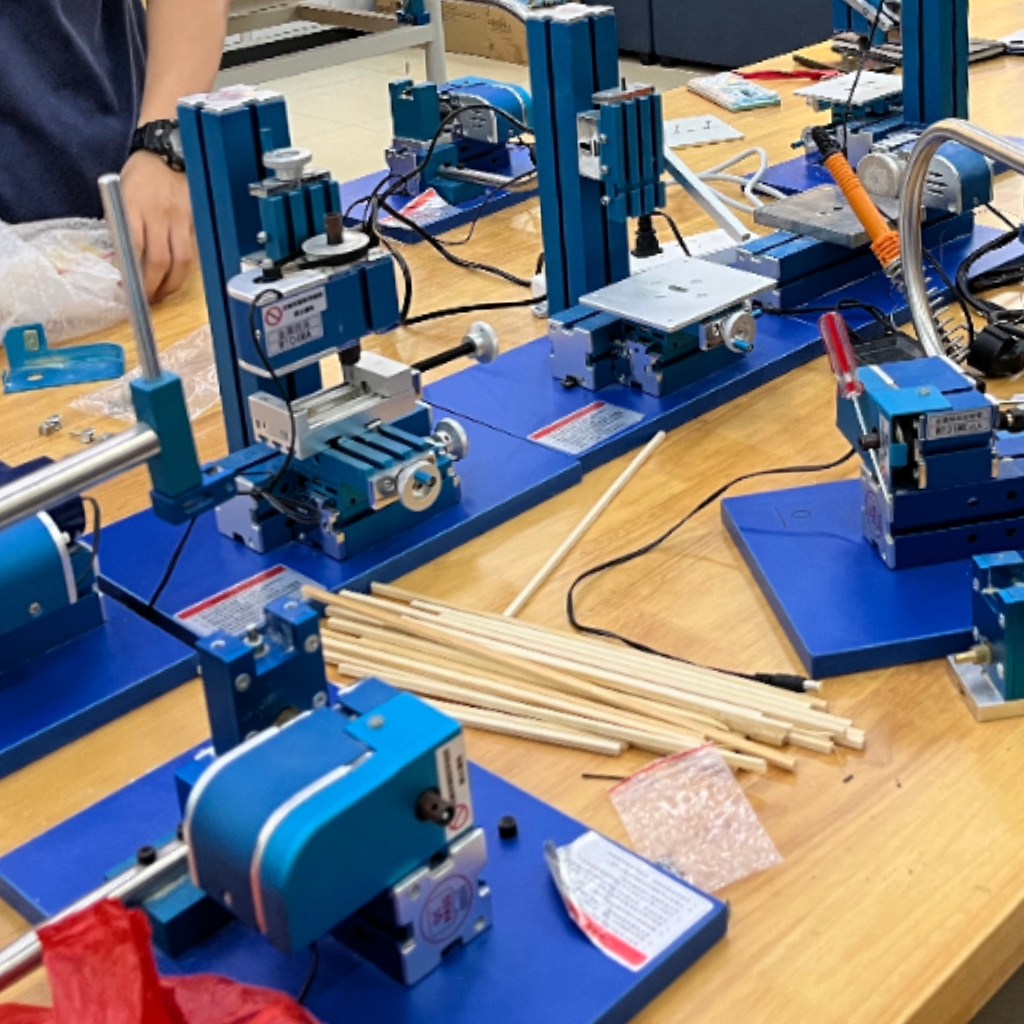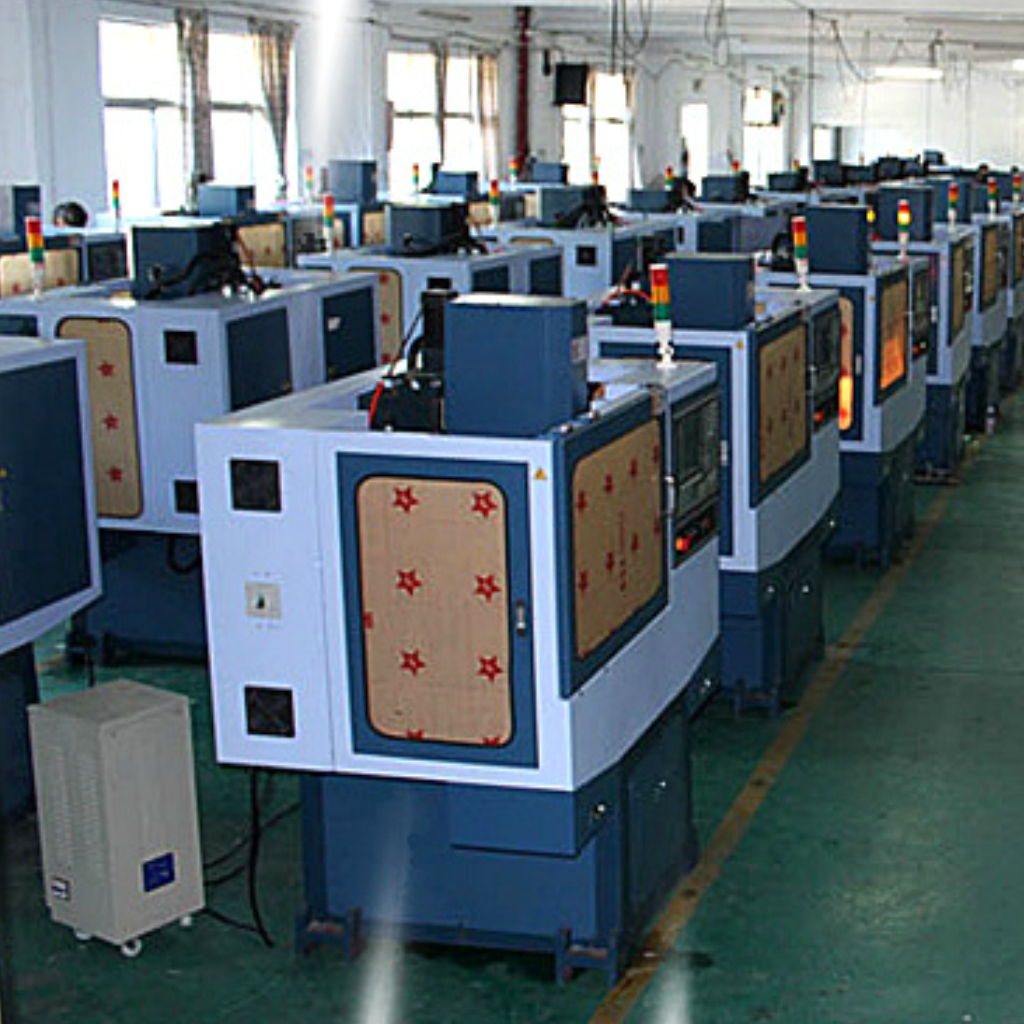Blog
Xendoll has 22 years of experience in the production of small machine tools. We will help you choose the suitable machine and share our experience in CNC machining with you.
 Aug 06, 2025
Aug 06, 2025

 796
796
Mini lathes are revolutionizing STEM education, offering an unparalleled blend of safety, accessibility, and practical skill development. Especially when focused on wood turning, these compact machines become powerful gateways for students to explore engineering principles, applied mathematics, artistic design, and material science. Moving beyond theory, a mini lathe transforms abstract STEM concepts into tangible, exciting projects. For educators seeking effective tools to inspire the next generation of makers and engineers, integrating wood turning with a mini lathe is a strategic and engaging solution. Let's explore essential tips to maximize its educational impact.

1. Start with Safety: The Non-Negotiable Foundation
Fundamentals First: Begin every session with explicit safety instruction. Emphasize essential PPE: ANSI-approved safety glasses (face shields are a plus for wood turning), snug-fitting clothing, no jewelry, and tied-back hair.
Machine-Specific Protocols: Drill students on secure workpiece mounting (using centers/chucks correctly), proper tool rest setup (close to work, height-adjusted), and the critical "no hands near spinning work" rule. Stress starting at the lowest speed.
Supervision & Environment: Ensure constant, active supervision. Maintain a clean, well-lit, uncluttered workspace with clear emergency stop procedures. Making safety routine builds confidence and responsible workshop habits – core STEM values.
2. Begin Simple: Foundational Projects Build Confidence & Skills
Focus on Core Techniques: Start projects emphasizing fundamental wood turning skills: spindle turning (between centers). Ideal beginner projects include simple cylinders, basic tool handles, or round dowels. Master straight cuts and smooth finishing before introducing curves or beads.
Quick Wins Matter: Choose projects achievable within a class period or two. Successfully completing a small, functional item like a basic mallet head or a simple ring fosters immense pride and motivation – key drivers in STEM engagement.
Process Over Perfection: Initially, prioritize understanding the process (mounting, tool control, sanding sequence, finishing) over flawless aesthetics. Celebrate the learning journey.
3. Integrate Math & Measurement Relentlessly
Real-World Dimensions: Wood turning is applied geometry. Require students to precisely measure stock diameter and length before mounting. Define target dimensions for their projects (diameter, length, specific depths of cuts).
Calipers are Key: Teach the constant use of calipers (outside, inside, dial/digital) to check progress against these dimensions. This reinforces accuracy and the concept of tolerances.
Calculations in Context: Incorporate relevant calculations: determining required stock size, calculating rpm adjustments for different diameters (introducing concepts of surface speed), or even basic volume/mass calculations for the wood used. Math becomes a tool, not just an abstract subject.
4. Embrace the Engineering Design Cycle
Plan Before Turning: Move beyond just following instructions. Have students sketch their designs, even simple ones. Encourage them to consider proportions, intended function, and potential challenges.
Prototype & Iterate: Treat initial attempts as prototypes. If a design flaw causes a catch or breakage, analyze why it happened (e.g., insufficient support, too aggressive a cut, weak grain orientation). Redesign and try again. This embodies the "test and improve" engineering mindset.
Material Science Exploration: Discuss wood properties: grain direction (and its huge impact on turning), hardness differences between species, moisture content effects. Experiment with how different finishes (oils, waxes, sealers) affect the final product.
5. Foster Creativity & Problem-Solving within Structure
Guided Creativity: Once fundamentals are solid, introduce design challenges: "Turn a spinning top optimized for balance and spin time," "Design an ergonomic handle for a specific tool," or "Create an ornament using at least three distinct bead/cove combinations."
Troubleshooting is Learning: When problems occur (vibration, tearout, catches), guide students through systematic troubleshooting: Is the workpiece secure? Is the tool rest close enough? Is the tool sharp? Is the speed appropriate? Is the cut direction correct for the grain? This develops critical analytical skills.
Documentation: Encourage students to document their process, challenges faced, and solutions found in a project log. This reinforces reflection and technical communication skills.

Conclusion: Shaping Future Innovators, One Project at a Time
Integrating wood turning projects using a mini lathe is far more than just teaching a craft; it's a dynamic, multi-disciplinary approach to STEM education. By emphasizing safety, starting simply, embedding math and measurement, leveraging the engineering design cycle, and nurturing structured creativity, educators unlock profound learning opportunities. Students gain not only practical skills but also invaluable problem-solving abilities, spatial reasoning, an understanding of materials, and the confidence that comes from creating tangible objects from raw materials. The mini lathe, particularly suited for wood turning due to its manageable size and power for softer materials, is an ideal tool to make STEM concepts resonate. It transforms classrooms into workshops where theory meets practice, sparking curiosity and potentially igniting lifelong passions in engineering, design, and skilled manufacturing. Explore the possibilities a robust mini lathe, like those from Xendoll Tools, can bring to your STEM program.



 Show all our samples
Show all our samples
 Provide you with a free quote
Provide you with a free quote
 Answer all the questions you may have
Answer all the questions you may have
 Guided installation and other options
Guided installation and other options